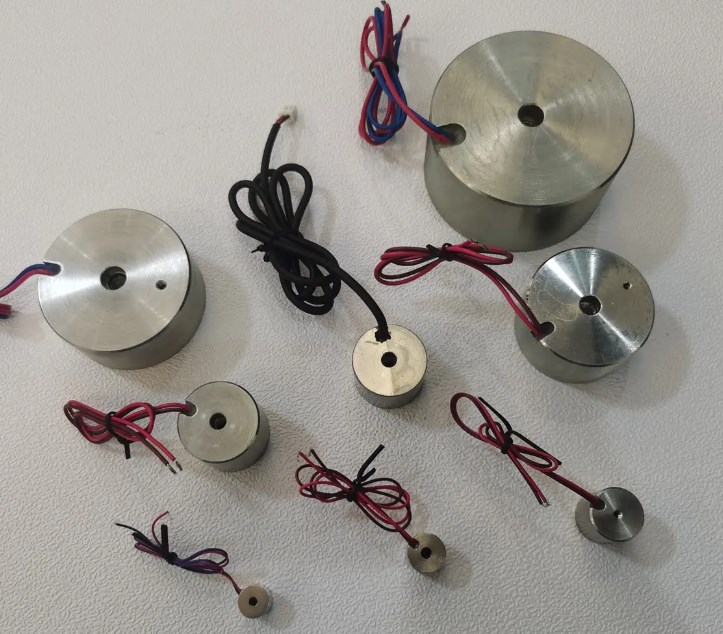How Does a Magnetic Compass Work in an Airplane
The magnetic field of the Earth is quite similar to that of this bar magnet. Similar to the encapsulation of our planet by the atmosphere or the ozone, a flux or lines of magnetic force surround the Earth.  As all of us realize, the magnetic compass is possibly the best instrument employed to indicate route, and has been used broadly by way of sailors and aviators alike. In airplanes, the magnetic compass is by and large used for navigational purposes. Notwithstanding the truth that it's far pretty easy to apply, and requires no enter from the pilot to suggest route, the magnetic compass is regularly the most poorly understood plane tool in the plane cockpit. Though, its wide use in all airplanes, ranging from unmarried-engine plane such as the Cessna – 172 to large industrial jets which include the airbus a380, demonstrates the need for pilots to thoroughly apprehend the device.
As all of us realize, the magnetic compass is possibly the best instrument employed to indicate route, and has been used broadly by way of sailors and aviators alike. In airplanes, the magnetic compass is by and large used for navigational purposes. Notwithstanding the truth that it's far pretty easy to apply, and requires no enter from the pilot to suggest route, the magnetic compass is regularly the most poorly understood plane tool in the plane cockpit. Though, its wide use in all airplanes, ranging from unmarried-engine plane such as the Cessna – 172 to large industrial jets which include the airbus a380, demonstrates the need for pilots to thoroughly apprehend the device.  The aircraft compass – construction The magnetic compass of an aircraft consists of a float, constant to a bar magnet. The glide is positioned on a pivot which is joined to the outer casing of the plane compass. A compass card graduated in 360 tiers is hooked up to this waft in this sort of manner that once the neodymium bar magnets moves, the movement of the compass card may be regarded from the face of the compass. The flow meeting is filled with a liquid to ease the motion of the bar magnet suspended at the pivot. The face of the plane compass has an everlasting vertical line on the outer facet. This line is referred to as the lubber line. All readings of magnetic heading are studied on the subject of the lubber line. Understanding the earth’s magnetic field This sample of magnetic flux surrounding the earth behaves in addition to the pattern of a magnetic area around a massive however weak magnet. As a result, the tool flying handbook, by using the federal aviation management (FAA) refers to our planet as “a large magnet, spinning in space”. Magnetic strains of force have a unique property that gives them the power to influence magnets on the floor of the earth. Any magnetic compass, be it in an aircraft, a ship or in a land automobile, will align itself with these lines of force.
The aircraft compass – construction The magnetic compass of an aircraft consists of a float, constant to a bar magnet. The glide is positioned on a pivot which is joined to the outer casing of the plane compass. A compass card graduated in 360 tiers is hooked up to this waft in this sort of manner that once the neodymium bar magnets moves, the movement of the compass card may be regarded from the face of the compass. The flow meeting is filled with a liquid to ease the motion of the bar magnet suspended at the pivot. The face of the plane compass has an everlasting vertical line on the outer facet. This line is referred to as the lubber line. All readings of magnetic heading are studied on the subject of the lubber line. Understanding the earth’s magnetic field This sample of magnetic flux surrounding the earth behaves in addition to the pattern of a magnetic area around a massive however weak magnet. As a result, the tool flying handbook, by using the federal aviation management (FAA) refers to our planet as “a large magnet, spinning in space”. Magnetic strains of force have a unique property that gives them the power to influence magnets on the floor of the earth. Any magnetic compass, be it in an aircraft, a ship or in a land automobile, will align itself with these lines of force.















